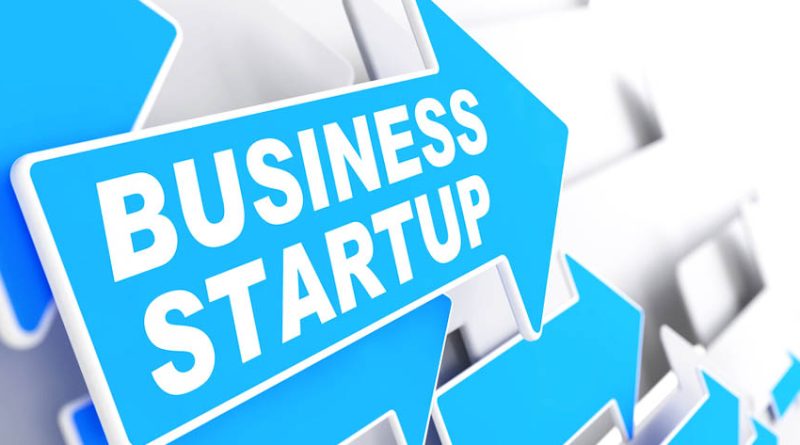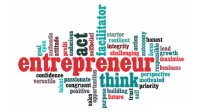How To Be A Startup Without A Market
Summer 2023 was a tough time for Web3 projects. Our company was bordering on breaking even with no ETA in sight. While we were looking for new possibilities and business ideas, we worked hard on developing existing products and services. In a volatile space, we had to work in a trial and error mode, with every new project having the potential to make or break the market.
When There Is No Market
Quite recently, I had a short but meaningful conversation with an IT business devil. I came in with a direct approach, right off the bat, stating that my company provides security services for the blockchain market.
“There is no blockchain market,” was his response. He even elaborated, claiming that there’s a mobile devices market and a real estate market but no “blockchain market.” Bold statement, but it gave me some food for thought.
The mobile development market cap was $206.85 billion in 2022, the EV market cap was around $388 billion in 2023 and the wearables market cap was $71.91 billion in 2023. There is plenty of room to play. But what is the blockchain market? According to CoinMarketCap, the global crypto market cap was about $1.69 trillion in January 2024. However, the blockchain services and products market was just $11.4 billion in 2022.
First of all, there’s a huge difference between the asset cap and services cap. Second, if your startup is aiming to take 0.01% of a $206 billion market, it is aiming at $20.6 million. But then, even 0.1% of an $11 billion market is $11 million. Consider: You’re trying to take a 10x market share but gaining half the revenue.
At the end of the day, $11.4 billion doesn’t come close to a big corporation number, and here we were trying to claim the existence of a whole market. Despite working in it for years, I had no other choice but to agree with the initial claim of the IT business expert. There are companies, projects and startups, but they don’t yet make a market.
Making A Market
If the market doesn’t exist, why bother, right? There are several already successful functioning and developing markets. And if you think about it, entering them does become easier in time. It’s cheaper, too, thanks to various technological leaps and the options to start from scratch and develop an advanced product. But in the end, we always see the same image: margin drops down to zero profitability. That, however, doesn’t apply to some restricted markets that exist solely based on monopolies.
Working in an officially nonexistent space has its advantages. Everything is brand new, and as a founder, you make the rules. There also is a lucky chance event that can happen to a market that doesn’t exist: It can appear. If you still have doubts, you can look back at history. Every revolution, be it industrial or technological, kickstarted the development of not one but several dedicated markets. A company might start with 3% of nothing and grow to 3% of everything in no time, surpassing huge corporations in other fields.
It might be a long-lasting success or just a flash, but at the end of the day, that’s how many success stories began.
How To Approach A Nonexistent Market
Whether a market is new or well-developed, success is impossible unless you try to achieve it. But I’m going to take this segment to talk about chickens. It’s no secret that hens are the point of interest for poultry farms. Roosters, however, often become meat as soon as they reach a required weight. Yet, in many cases, it’s only possible to tell the sex of a chicken around the fifth or sixth week of their life. Before that, hens and roosters look identical.
This brings massive expenses that go into feeding and maintaining about 50% of the birds, which are virtually useless for the farm. Surprisingly, the issue could be solved: Factories and farms have trained people who can identify a chicken’s sex with 98% accuracy and only a day after the chicken is hatched. The best can process 1,000 chickens per hour, and what’s most incredible is that it’s a teachable skill. There’s no theory to that, just intuition and practice: After every attempt, a professional confirms or denies the results, and this happens until the student achieves the required accuracy.
A startup in a new market is similar to a chicken. Most founders attempt to identify its potential after six to 12 months of existence, even after investing large sums to launch the project. But there is another way. Like those chicken sex experts, a founder has to practice and train their intuition so that they eventually will be able to determine the perspectives and potential success of their startup.
There is no logic to this; the circumstances change every day, and hard data comes in too late. So the only real skill is your gut feeling—that’s what founders should be training and developing. This skill is the only important and viable advantage for any founder.
Conclusion
There are two ways to conquer a market. A startup can disrupt the existing field with an innovative product or hope for a multiplier in a market that doesn’t yet exist. Either way, success isn’t guaranteed.
So, the blockchain market, whether it’s already created and developing or just exists in our imaginations, can still be a fruitful field.




